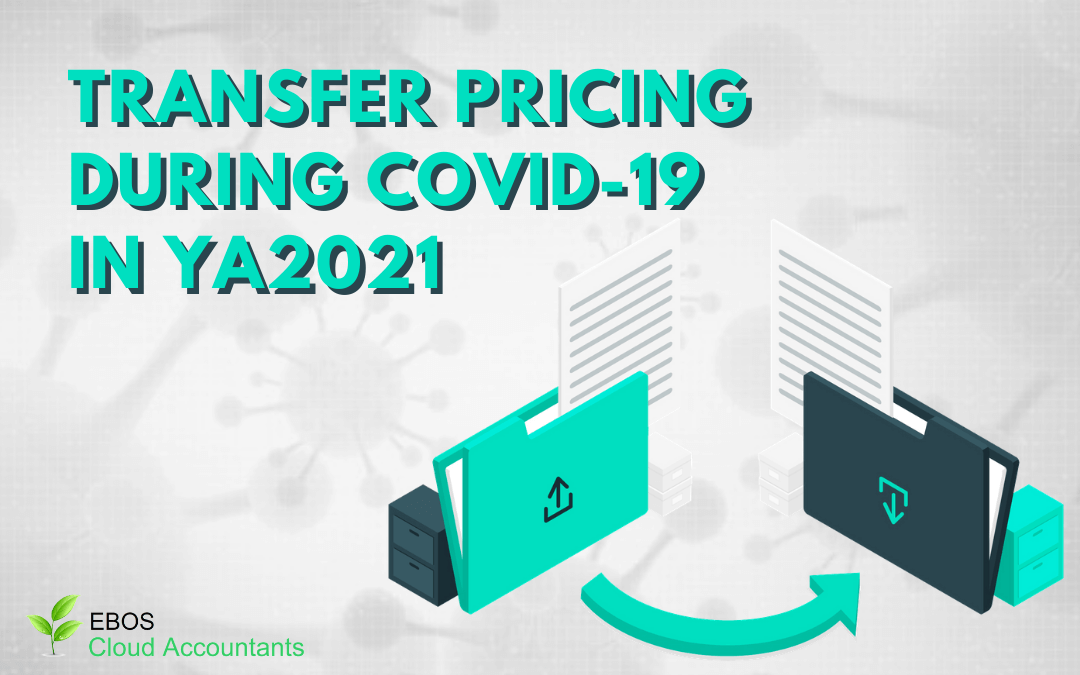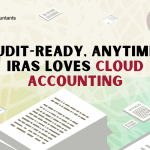Every year, the IRAS assesses income to tax on an entity-by-entity. In paragraph 5.114 of its TP Guidelines (5th edition), the IRAS has set out that taxpayers should test their related party transactions annually against the arm’s length results.
- An analysis of the industry and your company has been affected by Covid-19 with evidence.
- Documentation showing who and which entity is charge of making decision related to management of risks relating to COVID-19.
- The functional analysis of your company and the related parties before and after COVID-19, i.e., changes in decision-making locations , any reallocation of functions, assets and risks, as well as any recharacterization.
- Any amendment to terms and conditions between the company and its related parties due to Covid-19
- A comparison of (pre-COVID-19) budget and actual results of the profit and loss analysis of the company, providing explanation and evidence to support the variances impacted by COVID-19.
- Government subsidy and grants receive, or regulations imposed on the company that affect the company’s operations.
Term Testing (Testing of the related party transaction over a multiple-year period)
Understanding that COVID-19 to be exceptional circumstances, a taxpayer can apply term testing (generally over three years) for the Year of Assessment 2021 due to COVID-19 impact.
This is just a once-off application which is not repeated unless with prior approval in the future.
The taxpayer must also explain clearly in its Transfer Pricing documentation how the term testing is applied and highlight this is a once-off event as part of the working papers.
Advanced Pricing Arrangement
The taxpayers agree upfront on the arm’s length nature of intercompany pricing with the IRAS.
The IRAS’ clarification covers existing, new applications, renewals, as well as cases under review.
The IRAS encourages taxpayers to have open discussions with the IRAS to resolve problematic issues in advance. Detailing, why the terms and conditions have been breached and suggest the next course of action by the taxpayers.
What can Companies do?
The taxpayer should identify how COVID-19 has led to issues such as changes in process flows, decision maker location as well as how operation is performed and risks in the Company. Identifying the business decision that are made due to the COVI-19 that affect the contractual terms and how risks are reallocated during COVID-19.
Updated and detailed the changes in intercompany agreements under Transfer Pricing documentation. TP defence memorandum: Supplementary documents to the TP documentation that may include further details on the COVID-19 impact to the business.
With tax authorities looking to a lesser tax income in YA2021, the Company should invest more time and efforts to show they have robust processes and controls in place and prepares the financial statement in consistent with the regulations and consistent with arm’s length







